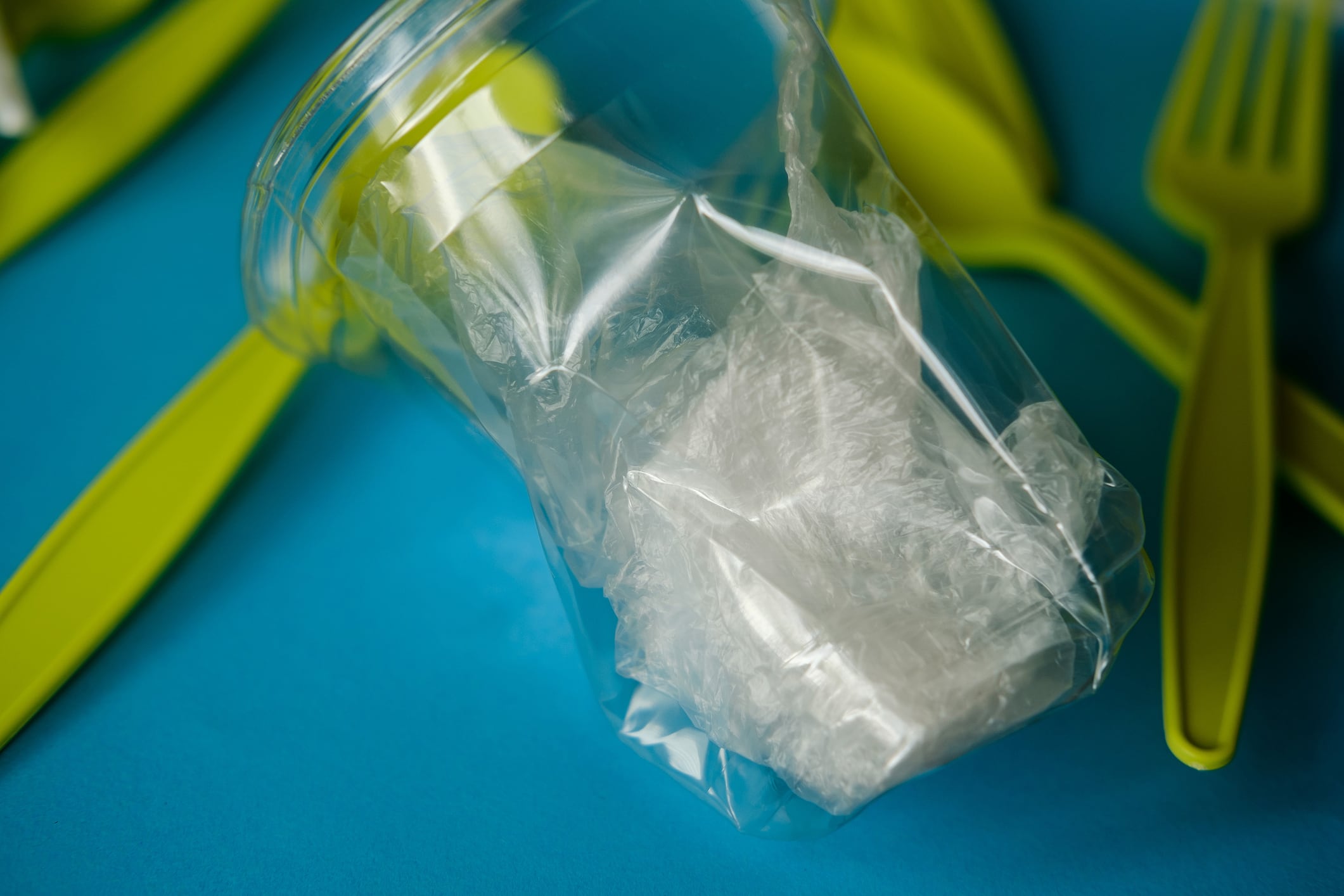Compostable packaging is no longer just a pilot project as new PHA-based (polyhydroxyalkanoates) films and compounds are now commercially available, creating fresh opportunities for CPG brands willing to invest in adoption, according to experts.
“We launched our semi-crystalline PHA in 2024, and what we’ve been doing now is developing a lot of new applications that are able to leverage both polymers (scPHA and aPHA), both separately and together, into new all PHA compounds,” said Leah Ford, director of marketing for CJ Biomaterial, biopolymer manufacturer.
Packaging’s next flex? Flexible food packaging
For brands, compostable films not only meet emerging Extended Producer Responsibility (EPR) requirements but also support food waste diversion – allowing food and packaging to move towards composting systems.
One of the biggest opportunities is flexible food packaging, particularly multi-layer bioplastic films, which provide a broader end-of-life option, according to CJ Biomaterials.
For example, adding amorphous PHA (aPHA) to PLA, which is a biopolymer made from renewable sources like corn starch or sugar cane, speeds up the degradation process that PLA cannot reach alone.
“As [film recycling] has proven to be difficult for a variety of reasons, compostability is an even more attractive option,” Ford noted.
Performance and certification
CJ Biomaterials’ testing shows strong results, according to the company.
For bioplastics that included both PLA and PHA, the objects degraded on average 98%,” Ford said, citing data from the Compostable Field Testing Program. Paper packaging, by comparison, disintegrated about 83%.
PHA also carries home and industrial compostability certifications, opening pathways for both community-scale and commercial infrastructure, Ford added.
For more insights on packaging innovations, tune in to FoodNavigator’s Climate Smart Food broadcast Sept. 23
Packaging is no longer just about containment – it’s a key player in sustainability, consumer engagement and regulatory compliance. This session explores how forward-thinking brands and packaging experts are reimagining materials, messaging and systems to reduce waste and boost impact. From connected packaging to cutting-edge design, learn what’s next for packaging that performs across the value chain.
Attendance is free with registration. View the agenda here. Click here to register.
Topics include:
- Mars’ Kind Snacks on sustainable packaging innovation from the inside out
- Connected packaging that cuts waste and tells a story – with Appetite Creative
- Real-world case studies showing how packaging can drive circularity
- Conscience vs cost: Balancing consumer needs
- What will we be eating – and how will it be wrapped? A look at food tech’s future
And don't forget to check out the other Climate Smart Food broadcasts on Sept. 9 and Sept. 16 here.
Market adoption challenges
Scaling compostables is not just about material science – it also is about infrastructure and industry habits, Ford emphasized.
“We are trying to fit biopolymers into a system that wasn’t designed for them,” Ford explained. “To be able to urgently reach that level of scale, we need to re-look at what are our priorities.”
Traditional plastics “have been available for more than 50 years now. Every machine, every technology, has been designed to accommodate those things. And now biomaterials, they have been around for 15 years,” said Akanksha Patel, polymer scientist at CJ Biomaterials.
“We really need to find a balance where there’s enough focus on development,” she added.
Early adopters who invest in co-development and pilot runs will be better positioned to integrate compostables successfully, according to CJ Biomaterials.
Consumer pull for compostables
Eco-conscious consumers also are pushing the conversation forward as compostable packaging reflects a brand’s sustainability goals, particularly in Western Europe, according to Euromonitor. Yet, there is more room for clarity and as sentiment is declining due to unclear standards and mistrust.
In the US, sustainability often takes the back seat as consumers prioritize price, quality and convenience, according to McKinsey & Company.
“Whether it’s nontoxic materials, having more plant-based materials and materials that don’t create persistent micro-plastics,” is “driving sort of a unique aspect of interest right now,” Ford emphasized.
She cited data showing biodegradability ranked as the top way consumers think companies can make packaging more sustainable.
Pathways forward
CJ Biomaterials has begun commercializing applications, such as a frozen foods pouch developed with packaging distributor Pregis in the UK, and multi-layer film solutions for chip bags. With consumer demand rising, regulatory frameworks expanding and suppliers bringing scalable solutions to market, compostable packaging is shifting from pilot phase to commercial reality, Ford noted.
When packaging foods with bioplastic films like PLA and PHA, “you can directly put it into a composting bin or transfer it to an industrial composting facility and avoid the risk of generating methane” which is emitted in landfills, Patel said.
To learn more about compostable packaging innovations – and the policies, pricing and partnerships shaping the future – tune in to FoodNavigator’s Climate Smart Food broadcast on Sept. 23, where this topic will be featured alongside other key sustainability updates.
Key takeaways for CPG brands on compostable packaging
- Engage early in development: Compostable films will not run seamlessly on legacy plastic machinery. Brands that co-develop with suppliers and converters will move faster.
- Leverage certifications: Look for home and industrial compostability certifications to expand options across community, municipal and industrial composting systems.
- Align with EPR and waste goals: Compostable packaging can help brands comply with EPR legislation while also diverting food waste from landfills.
- Respond to consumer demand: With biodegradability now ranked the No. 1 sustainability attribute by consumers, adopting compostable packaging is both a compliance and brand-differentiation strategy.
Editor’s Note: A previous version of this story misstated the effect of PHA on PLA degradation. It now correctly notes that adding amorphous PHA to PLA speeds up the degradation process.



